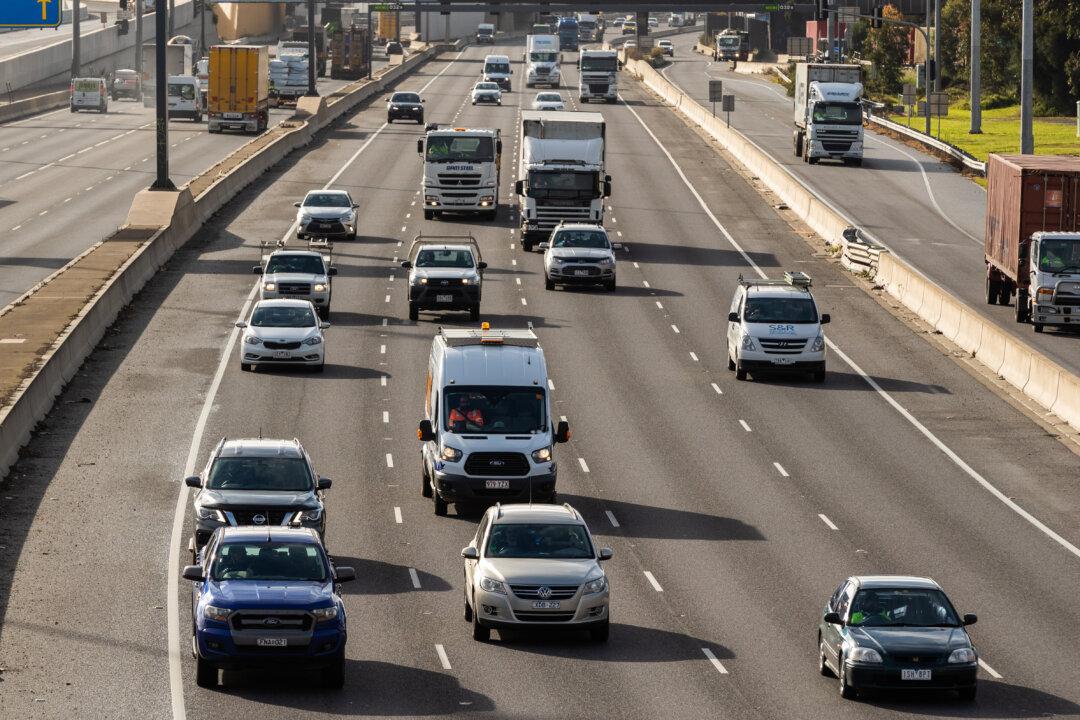Australia’s Department of Climate Change and Energy has revealed a 350 percent increase in the number of electric vehicle (EV) models in the country in just two years.
This comes as more Chinese EV brands are expected to enter the Australian market with cheap products amid the Chinese Communist Party’s (CCP) attempt to dump goods in the West.
At a recent parliamentary inquiry hearing into the transition to EVs, Matthew Ryan, branch head at the emissions reduction division of the Department, said the number of EV models had risen significantly.
“When we looked at the end of 2024, there were about 160 EV models available in Australia,” he told the Standing Committee on Climate Change, Energy, Environment, and Water.
“That’s increased quite significantly since 2022, when we only had about 45 models available.”
Ryan said the figure included both EVs and plug-in hybrids (PHEVs), but excluded hybrids (HEVs).
PHEV and HEV are different types of vehicles. While both have a similar power source, an internal combustion engine and an electric motor, PHEV has a larger battery that can be charged by plugging it into an electric outlet or charging station.
HEV’s battery recharges itself via driving only and has limited to no electric-only driving range.
The branch head said the number of EV models in Australia was comparable to those in the United States and New Zealand, but far below the EU, which currently had around 312 models.
More Chinese EV Brands to Enter Australian Market
During a September 2024 inquiry hearing, Australian Automotive Dealer Association (AADA) CEO James Voortman said new entrants to the Australian EV market in the past few years were predominantly Chinese brands, and that this trend would continue in the upcoming period.“There are a phenomenal number of brands on the Chinese market, and they’re all seeking export markets, including Australia.
“So that’s what the future is going to look like.”
Some unfamiliar Chinese brands have already announced their entrance.
In December 2024, the company launched its first showroom in Sydney, along with three experience centres in Victoria.

Meanwhile, Hangzhou-based Geely is set to enter the Australian market in the first half of 2025.
XPeng and Geely aim to compete with the Tesla Model Y with electric SUVs priced around $50,000 (US$31,000) to $60,000.
CCP’s Attempt to Dump EVs
The expansion of Chinese EV brands in Australia is a reflection of the CCP’s attempt to dump EVs in the West.This led to distortions in the industry chain, with vicious competition and significant price drops.
However, weak domestic consumption has forced the CCP to look overseas to solve its overcapacity problem and ensure the stability of its regime.
“The biggest problem is that China’s domestic demand is insufficient, and its economic structure has put the cart before the horse in terms of consumption power and investment.
“China’s economic crisis continues to worsen. The CCP has introduced many policies, but none of them is effective. Now, they are dumping goods globally, which will only make it worse.”
To tackle CCP’s dumping practice, the United States and the EU have raised tariffs on Chinese-made EVs.
However, Australia has not taken any action so far, allowing cheap Chinese-made EVs to continue to enter the market without additional cost barriers.
Economic Slowdown Does Not Affect EV Sales: Transport Department
A committee member questioned whether the current economic slowdown in Australia affected EV adoption among motorists.In response, Kathage said 2024 was the best year ever for EVs.
“There was a little dip in January, and there’s a whole range of reasons why that might be the case,” he said.
“But actually, sales in January 2024 are very strong.”







